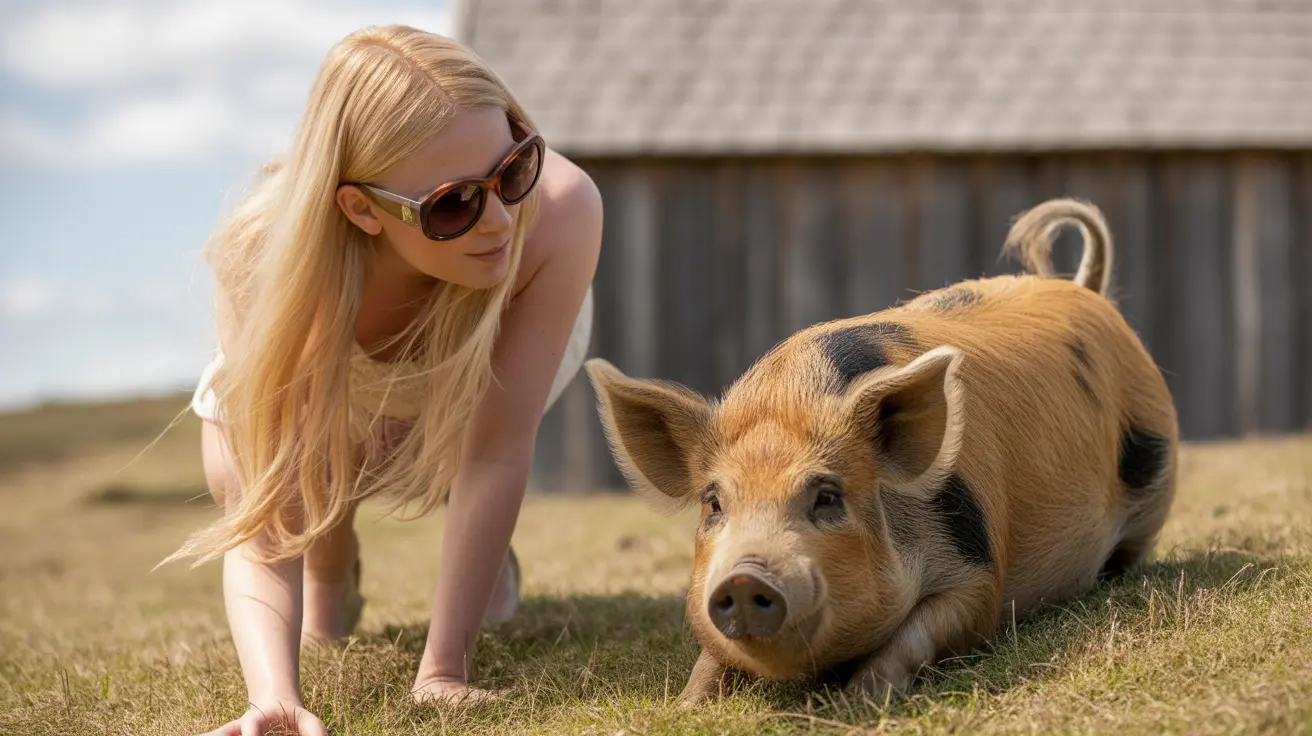Can Dogs Eat Steak? What Every Dog Owner Should Know
If you're a dog owner who's ever eyed your own dinner and wondered whether your furry friend could safely share a bite, steak is probably near the top of your list. The good news: dogs can eat steak and beef in moderation, as long as you take a few important precautions to keep them safe and healthy.
The Nutritional Benefits of Steak for Dogs
Steak and beef offer high-quality protein, essential amino acids, iron, zinc, B vitamins, and other nutrients. These all support muscle growth, energy production, immune health, skin, and coat quality in dogs. When served properly, steak can be a nutritious treat or occasional meal topper for most dogs.
How to Safely Prepare Steak for Dogs
- Always serve steak plain: Avoid seasonings, sauces, onion, garlic, or excessive salt. These additives can be toxic or cause digestive issues.
- Cook thoroughly: Never give raw steak unless you're following a veterinarian-approved raw diet. Raw beef may contain harmful bacteria like E. coli or Salmonella that can sicken both dogs and humans. Cook the meat until at least medium-well to reduce risk.
- Trim excess fat: Fatty cuts or trimmings aren't safe for dogs. Too much fat can lead to weight gain, obesity, pancreatitis (a painful inflammation of the pancreas), or upset stomach.
- Bones are risky: Cooked bones splinter easily and can choke or injure your dog’s mouth and digestive tract. Raw bones are safer but still require supervision—some dogs gulp rather than chew carefully.
Serving Guidelines
If you want to share steak with your dog:
- Trim off visible fat before cooking.
- Cook the meat without spices or sauces.
- Let it cool; cut into small pieces to prevent choking.
- Avoid onions, garlic, or too much salt at all costs.
Steak should only make up no more than 10% of your dog's daily calories. The rest of their diet needs to be balanced with carbohydrates, vegetables, and other nutrients found in complete dog food.
What About Other Beef Products?
You can also feed well-cooked mince (ground beef), roast beef (plain), burgers without harmful ingredients, and even beef liver in moderation—just skip the seasonings. However:
- Avoid processed meats like corned beef or human-grade beef jerky (these often have too much salt and preservatives).
- No beef pate or stock cubes—they're loaded with salt and additives that aren't safe for pets.
Puppies and Steak
Puppies can eat plain cooked beef that's cut into tiny pieces—but check with your vet before introducing new foods to young dogs. Their digestive systems are still developing.
Introducing Steak for the First Time?
If your dog has never had steak before, start with a very small amount. Watch closely for signs of allergies: itching, swelling, vomiting, diarrhea, or trouble breathing mean you should call your vet right away. Some dogs do have beef allergies.
Dangers of Overfeeding Steak
- If a dog eats too much steak: look out for vomiting, diarrhea, lethargy (low energy), or loss of appetite. Call your vet if these symptoms appear—they could signal illness from spoiled meat or foodborne bacteria like Salmonella or E. coli.
Bones and Fat: Handle With Care
- No cooked bones—ever! They splinter easily and are dangerous.
- No large chunks of fat—these can trigger serious health problems like pancreatitis.
Safe Alternatives & Foods to Avoid
- You can also offer plain chicken, turkey, fish (cooked), some fruits/vegetables (dog-safe only), rice, and certain grains as protein alternatives.
Avoid giving any chocolate; grapes; raisins; onions; garlic; alcohol; xylitol (an artificial sweetener); large amounts of fatty meats like ham or poultry skin—these are all toxic to dogs.
Main Takeaways for Feeding Steak to Dogs
- Cook meat thoroughly without seasoning—no onion/garlic/salt allowed!
- Remove excess fat and all bones before serving.
- Offer lean cuts as an occasional treat alongside balanced dog food—not as a main meal every day.
If you wouldn't eat it yourself because it's old or spoiled—don't give it to your pet either!





